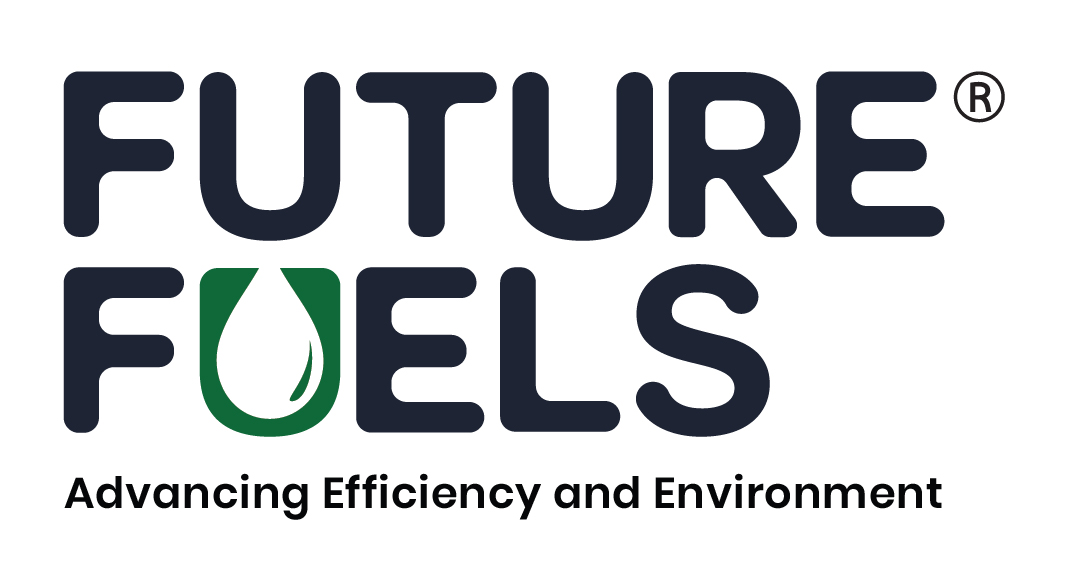Scientists at the Indian Institute of Science (IISc) in Bengaluru have created a promising new material that can replace natural sand in construction. This development comes as a response to the growing scarcity of sand, a crucial component in building materials.
The team at IISc’s Centre for Sustainable Technologies (CST) is exploring methods to utilise carbon dioxide (CO2) captured from industrial waste gases. They treat excavated soil and construction waste with this CO2, transforming it into a viable sand alternative.
Led by Assistant Professor Souradeep Gupta, the research demonstrates that using CO2-treated construction waste in mortar, followed by curing in a CO2-rich environment, significantly accelerates the development of the material’s strength.
The lab members are seen surrounding the developed carbon-sequestered building materials, which were manufactured using additive manufacturing.
The lab members are seen surrounding the developed carbon-sequestered building materials, which were manufactured using additive manufacturing.
This innovative process boasts a 20-22% increase in the material’s compressive strength. Additionally, injecting CO2 into clay soil, commonly found at construction sites, improves its interaction with cement and lime. This not only stabilises the clay but also enhances its overall engineering performance.
Dr Gupta’s team’s research extends further. They’ve explored incorporating captured CO2 into excavated soil to create cement-lime-soil composites, potentially replacing up to half of the fine aggregates typically used in mortar. This technique promotes the formation of calcium carbonate crystals, leading to improved strength and reduced pore space. Exposing these materials to CO2 further accelerates curing and increases early-age strength by 30%.
The researchers have also developed 3D-printable materials using stabilised excavated soil combined with binders like cement, slag, and fly ash. These materials offer superior printability, potentially reducing the need for cement and sand by up to 50% each.
Future research will focus on the impact of industrial flue gas on these materials’ properties, paving the way for industrial applications and potentially revising standards for cement-based construction materials.
Tags: CO2, IISc, India, Sand, Scientists

Recent Posts
DPIIT promotes green logistics industry
Petronet LNG reports record volumes
TotalEnergies buys stake in wind farm to produce green hydrogen
Ports of Indiana, Port of Antwerp-Bruges partner on green shipping
Bhutan moves towards green transition
GCMD completes biofuel supply chain trials with Hapag-Lloyd
Airbus partners with Avolon on hydrogen aviation
Nuclear power transition more safe option for decarbonisation than coal